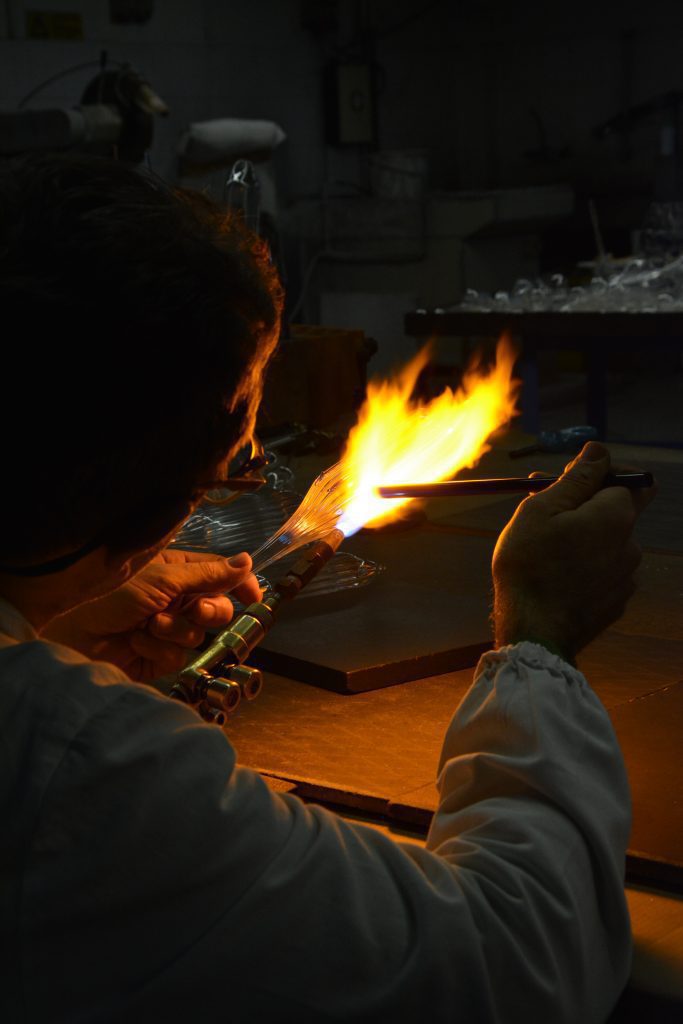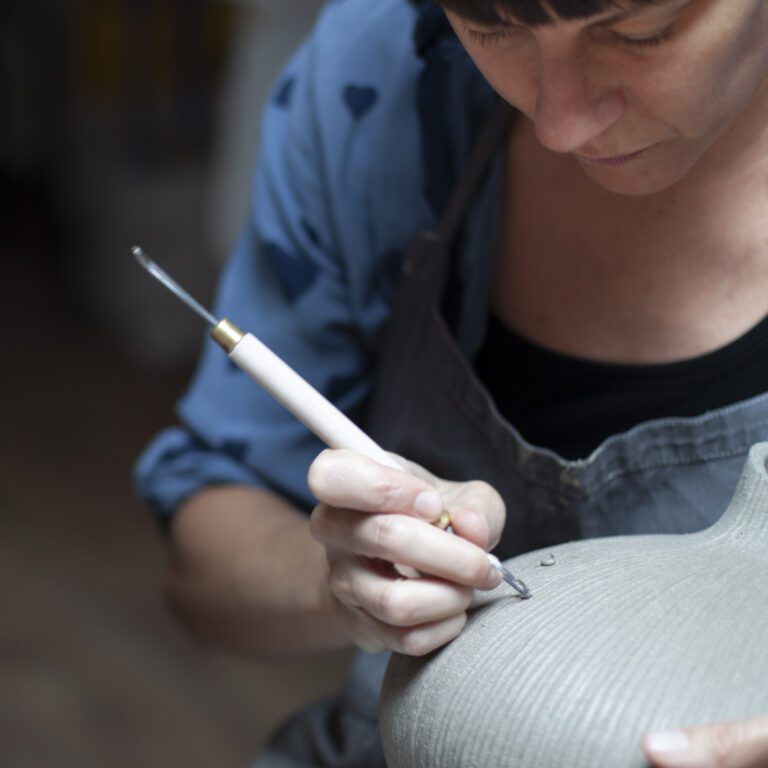
L'Arsenale di Venezia
Storia
Originally located near St. Mark’s Square, in the 12th century it was moved to the Castello Sestiere, where it still stands today, with the aim of strengthening the fleet of boats, establishing new trade routes, and maintaining relations with the East. In this way, it contributed to the city’s great and rapid development. A symbolic landmark in Venice and the largest production center of the pre-industrial era, employing over 2,000 workers per day. Over time, it developed to such an extent that during its peak period, it became the world’s largest naval shipyard.
Timber arrived in the lagoon on rafts that traveled down the Piave River from the forests of Cadore and Montello. Starting from the 14th century, as a result of the continuous expansion of the naval production, new departments were established, leading to the birth of the first assembly line work. The Arsenal of Venice had become so significant that it was mentioned in Dante’s Inferno, in the 21st canto, as the “Arzanà de Viniziani,” the place where barterers were punished.
During the period spanning the 15th and 16th centuries, the imposing “land gate” was constructed. This was the first example of Renaissance architectural construction in Venice, along with the enclosing walls that stretched along a perimeter of 3 kilometers. The “arsenalotti” who worked there managed to build even one galley per day, whereas this type of Venetian rowing vessel normally required 6 to 12 months for construction. An important representation of the ancient Arsenal is depicted in Jacopo de’ Barbari’s panoramic view of Venice (1500). Shortly thereafter, the “Squero delle Gaggiandre” was erected, by Jacopo Sansovino.
In the 17th century, the existing structures underwent adaptations, from the depths of the docks and canals to the shipyard roofs, based on significant changes in shipbuilding and naval techniques. This allowed for the first launch of a Northern European type warship (1667). Towards the end of the century, the canal and entrance of the Arsenal were also expanded to facilitate the passage of vessels, by demolishing and rebuilding the two 13th-century towers.
In 1810, during the French occupation, the spaces were adapted to meet new needs, and among the innovations was the opening of the “Porta Nova” canal, which was accompanied by the construction of the tower of the same name. This tower was once used for crafting the masts of the ancient sailing ships of the Serenissima Republic. A few years later, during Austrian rule, the fortified circle in the Celestia area was completed, and in 1824, a new section of wall was added to close off the southwestern side of the complex, connecting the rowers’ workshops and foundries.
Under the Kingdom of Italy, between 1910 and 1915, the third dry dock was excavated. In 1916, the “Casermette” were built, small accommodations for submariners. During World War II, the Arsenal spaces were invaded and occupied by German troops, who constructed numerous reinforced concrete anti-aircraft bunkers.
Within the spaces of the Arsenal, the essence of ancient crafts still lingers, where the skilled labor of blacksmiths, rope makers, shipbuilders, carpenters, and architects breathed life into the vessels that propelled the Serenissima to greatness.
Today, the Arsenal of Venice enjoys a new life, constantly evoking the ancient atmosphere of splendor. Alongside the Italian Navy, the Venice Biennale, the Venice Boat Show (now in its fourth edition), and the Salone dell’Alto Artigianato Italiano, you’ll find numerous other events.


